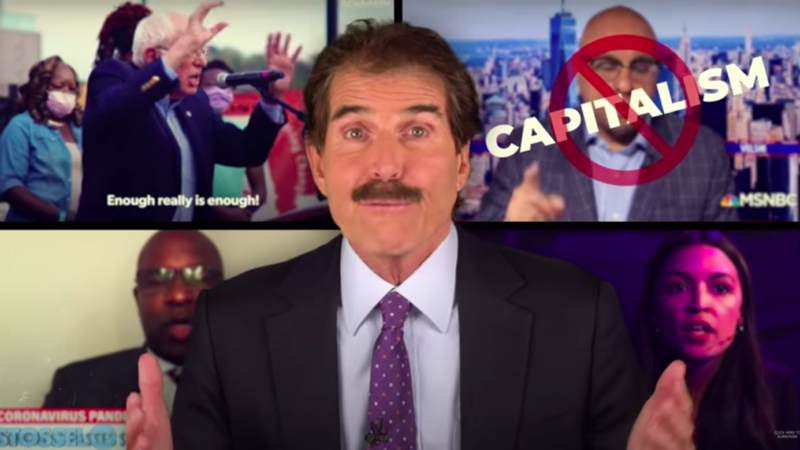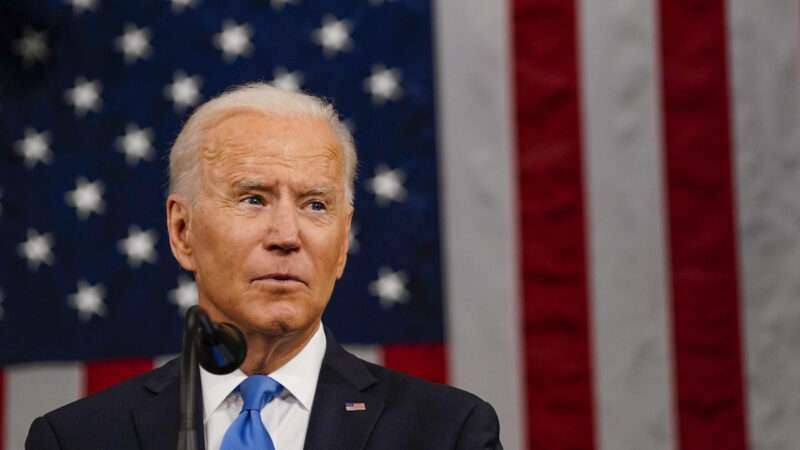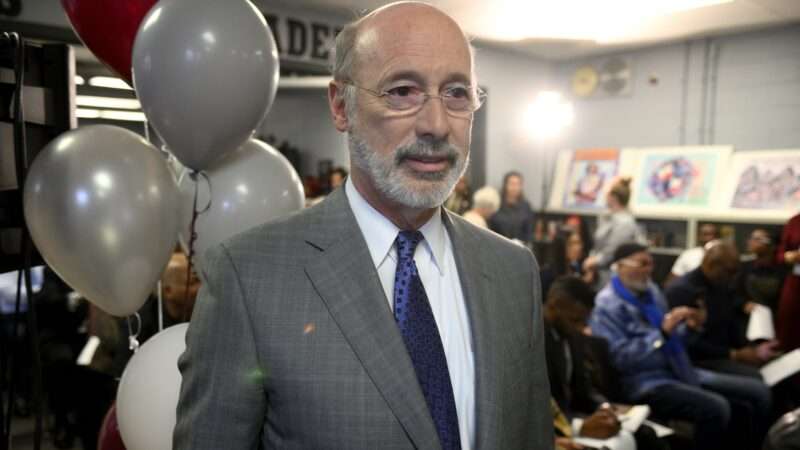
The site of the country’s first major coronavirus outbreak, and one of its strictest lockdowns, is now lifting almost all pandemic regulations. With 70 percent of New York’s adult population having received a COVID-19 vaccine, Gov. Andrew Cuomo (D) announced Monday that businesses in the state can now operate at full capacity and without the need for social distancing. Contact tracing, health screenings, and routine disinfection, once mandatory, are now optional.
“We’re no longer just surviving—we’re thriving. The state mandates that have proven right and brought us through this pandemic are relaxed as of today, effective immediately,” said the governor.
The announcement comes on the heels of California Gov. Gavin Newsom’s (D) announcement that businesses there could operate statewide without restrictions.
Both New York and California became famous for their strict public health mandate that closed dining rooms, shuttered churches, forced offices to operate remotely, and required people to abide by any number of absurd rules and regulations. Both states ditching their webs of restrictions on the same day signals just how rapidly the pandemic is coming to an end.
In New York, employers greeted the news with a call for workers to return to the office.
“The rollback of most of the remaining Covid-19 restrictions is the green light that employers have been waiting for in order to bring employees back to the workplace,” Kathryn Wylde, president of the Partnership for New York City, told The New York Times.
Morgan Stanley CEO James Gorman said he wants all his New York staff back in the office by Labor Day, saying “if you can go out to eat, you can come back to work.”
Cuomo’s announcement still leaves in place some COVID-era regulations. In keeping with federal guidance, the unvaccinated in New York are still required to wear masks. Mandatory public health guidance will remain in place for large indoor events, at K-12 schools, on public transit, and in homeless shelters and correctional facilities.
Other emergency state policies enacted to deal with the economic fallout of the pandemic will also remain in place, including an eviction moratorium that’s not set to expire until August.
Just under 53,000 New Yorkers died from COVID-19, giving the state the second-highest per capita death rate in the country. Only New Jersey fared worse.
FREE MINDS
On Tuesday, the Biden Administration released a new National Strategy for Countering Domestic Terrorism that refocuses federal law enforcement policies on combating white supremacist and anti-government extremists. This follows an intelligence assessment released by the administration in March that identified these two elements as the most lethal domestic terrorism threats.
Biden’s strategy calls for providing local state law enforcement with more federal funding and intelligence to counter domestic terrorism. It also says the Department of Justice is closely examining the potential need for “new legislative authorities” to carry out the administration’s strategy.
The Cato Institute’s Patrick Eddington writes in a blog post that Biden’s new approach raises a number of civil liberty concerns. In particular, preventing “individuals from being drawn into the grip of domestic terrorism” by reducing the “supply and demand of recruitment materials” poses a clear First Amendment danger.
FREE MARKETS
State governments and private businesses are offering a range of incentives to get people vaccinated, including cash prizes and free public transit rides. Now, cannabis dispensaries are getting in on the action. Mother Jones reports:
Washington state’s liquor and cannabis board gave a green light this past week for adults to receive a pre-rolled joint from certified marijuana retailers if they get their jab at an in-store vaccination clinic. Dispensaries in Arizona and California have recently announced similar programs, offering joints and gummy edibles to vaccine patients over the age of 21. There are plans for free weed if you get the vaccine in New York City and Washington D.C., too.
QUICK HITS
- A reporter for FOX 26 in Houston claims she was “muzzled” by her employers after they prevented her from doing stories on Bitcoin and alleged COVID cures.
- The Senate unanimously passed a bill making Juneteenth a federal holiday celebrating the end of slavery. The legislation now moves to the House where it’s expected to pass.
- Joe Biden will meet in person with Russian President Vladimir Putin today. It’s been a decade since the two were in the same room together, reports Politico.
- Over 600,000 people have died of COVID-19 in the U.S.
- Edward Snowden is now on Substack.
- A federal judge has blocked Biden’s moratorium on granting new gas and oil leases on federal lands.
- The Nuclear Regulatory Commission has approved a new type of nuclear fuel.
- A new report from Harvard’s Joint Center on Housing Studies finds that home prices are at their highest point since 2006.
- Amazon has come a long way:
The early Amazon commercials were truly ~wild~ pic.twitter.com/X3K2uKcEO7
— Caleb Watney (@calebwatney) June 15, 2021
from Latest – Reason.com https://ift.tt/3iGcPQ6
via IFTTT





